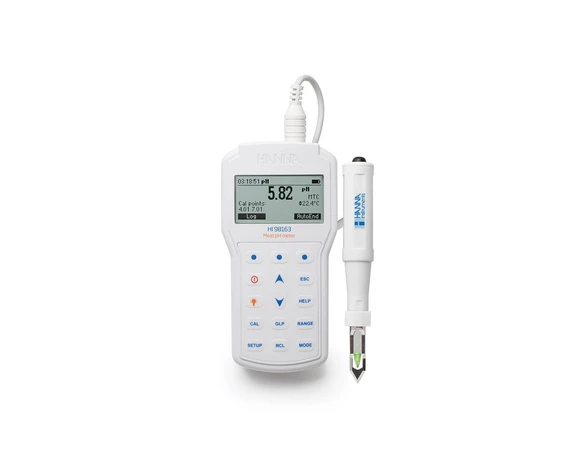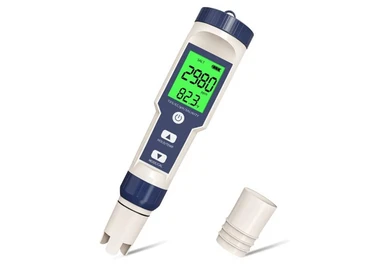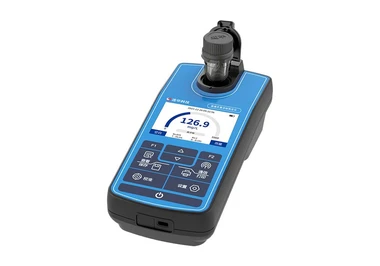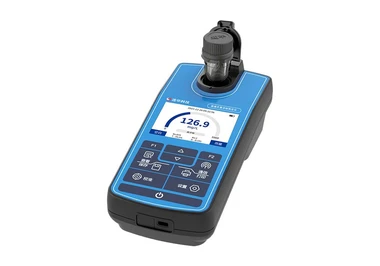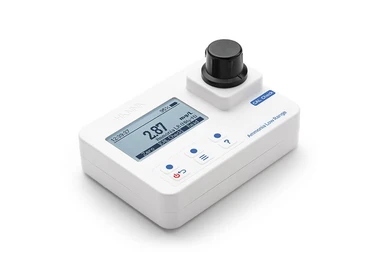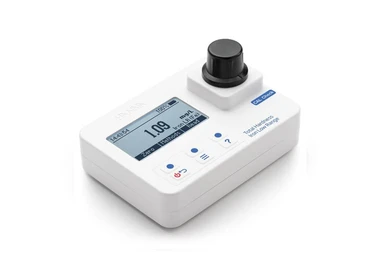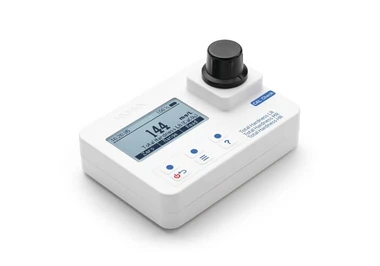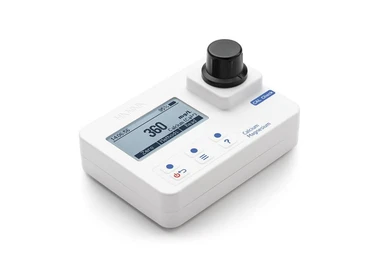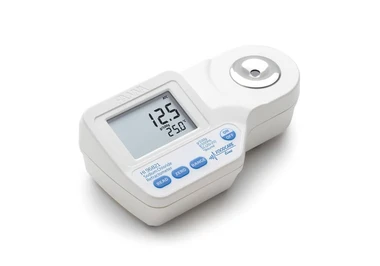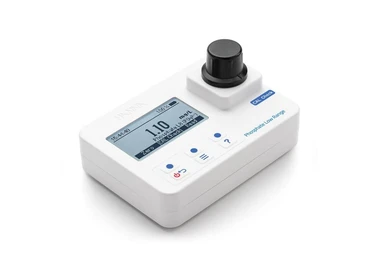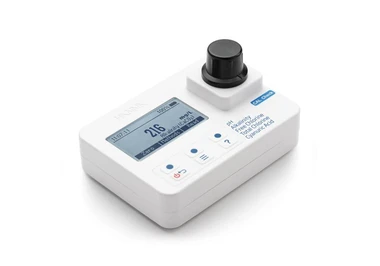اندازه گیریpHیکی از آزمایشات مهم و پرکاربرد در شیمی آب است. عملاً هر مرحله از تامین آب و تصفیه فاضلاب (به عنوان مثال، خنثی سازی اسید- باز، نرم شدن آب، بارش، انعقاد، ضد عفونی و کنترل خوردگی) وابسته بهpHاست.pHدر اندازه گیری قلیائیت و دی اکسید کربن و بسیاری دیگر از تعادل های اسید- باز استفاده می شود. در یک دمای معین، شدت خاصیت اسیدی یا بازی یک محلول باpHیا فعالیت یون هیدروژن نشان داده می شود. قلیاییت و اسیدیته ظرفیت های خنثی کننده اسید و باز آب هستند و معمولاً به صورت میلی گرمCaCO3در لیتر بیان می شوند. ظرفیت بافر مقدار اسید یا باز قوی است که معمولاً بر حسب مول در لیتر بیان می شود و برای تغییر مقدارpHنمونه 1 لیتری به میزان 1 واحد مورد نیاز است.
مقدارpHیک محلولبرابر با منفی لگاریتمغلظت یون هیدروژن است. آبهای طبیعی معمولاً دارای مقادیرpHدر محدوده 4 تا 9 هستند.
اصل اساسی اندازهگیریpHالکترومتری، تعیین فعالیت یونهای هیدروژن با اندازهگیری پتانسیومتری با استفاده از یک الکترود هیدروژن استاندارد و یک الکترود مرجع است.
یکی از پارامترهای موثر بر خوردگی فلزات در صنایع مختلف و در تماس با آب pHآب می باشد. پی اچ بین 3/4تا 10 در آب های هوازنی شده در درجات حرارت معمولی و تغییرات کمpHبر روی میزان خوردگی معمولی فولاد تاثیری ندارد. درpHکمتر از 3/4 که اسیدهای معدنی آزاد در آب وجود دارند خوردگی سریعتر پیشرفت می کند.
تاثیر واقعیpHبر روی فلز بخصوص بوسیله رفتار اکسید آن فلز تعیین می شود. اگر اکسید مزبور در محیط اسیدی قابل حل باشد، فلز در چنین محیطی بسرعت دچار خوردگی (زنگ زدگی) میشود. اگر این اکسید به سادگی در محیط قلیائی حل شود، فلز مزبور خوردگی شدیدی در چنین دامنه ای ازpH خواهد داشت. اغلب فلزات در گروه اول جای می گیرند.
در بعضی موارد یک اکسید فلزی در هر دو نوع محلول های اسیدی و قلیائی حل می شود، این فلزات بی تفاوت نامیده می شوند. چنین فلزاتی در یک دامنهpH متوسط، بالاترین درجه پایداری را از نقطه نظر خوردگی دارا می باشد. آلومینیوم و روی بی تفاوت می باشند. نرخ خوردگی آن ها بترتیب درpH های6.5و11.5حداقل می باشد. برخی از اکسیدهای فلزی در هرpH غیر قابل حل هستند. بنابراین نرخ خوردگی آن ها مستقل ازpH خواهد بود. فلزات نجیب که در بالای ردیف های گالوانیک قرار دارند از این زمره می باشند.

